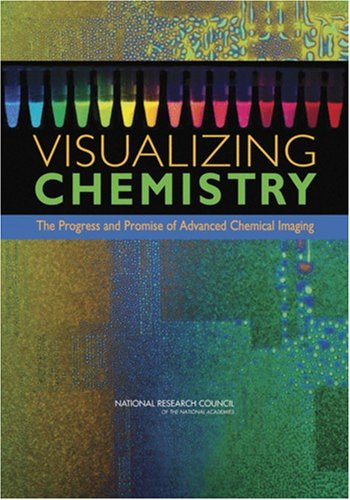
Visualizing Chemistry: The Progress and Promise of Advanced Chemical Imaging
Publisher: National Academies Press 2006
ISBN/ASIN: 0309097223
Number of pages: 223
Description:
The authors review the current state of chemical imaging technology, identify promising future developments and their applications, and suggest a research and educational agenda to enable breakthrough improvements. This report identifies the advances in chemical imaging -- either new techniques or combinations of existing techniques -- that could have the greatest impact on critical problems in science and technology.
Download or read it online for free here:
Download link
(19MB, PDF)
Similar books
 Analytical Chemistry
Analytical Chemistryby Ira S. Krull (ed.) - InTech
This volume deals with several topics of modern analytical chemistry, such as analytical method validation in biotechnology today, principal component analysis, kinetic methods of analysis using potentiometric and spectrophotometric detectors, etc.
(11732 views)
 Elements of X-Ray Diffraction
Elements of X-Ray Diffractionby B.D. Cullity - Addison-Wesley
Intended to acquaint the reader with the theory of x-ray diffraction, the experimental methods involved, and the main applications. It stresses X-ray diffraction rather than metallurgy. Designed for beginners, not a reference for the advanced reader.
(28177 views)
 Field Effect Electroosmosis
Field Effect Electroosmosisby Kiumars Ghowsi (ed.) - InTech
Field effect electroosmosis is a novel phenomenon in electrokinetics that adds a new dimension in capillary electrophoresis. In this book, field effect electroosmosis is introduced, and a spectrum of applications of electrophoresis is presented.
(7082 views)
 Equilibrium in Analytical Chemistry Using Maple
Equilibrium in Analytical Chemistry Using Mapleby R.V. Whiteley - Bookboon
This book is likely to find strong appeal among hard-core analytical chemists. It is rich in its presentation of first principles as it methodically illustrates the use of Maple for solving problems in the context of analytical chemistry.
(9939 views)